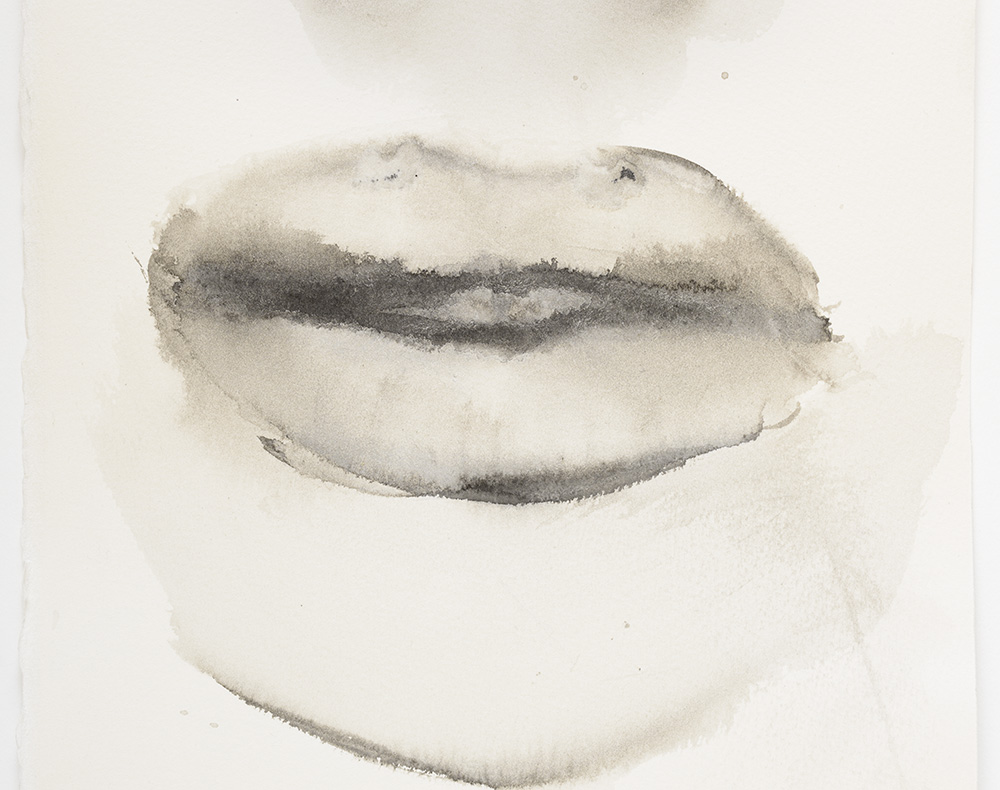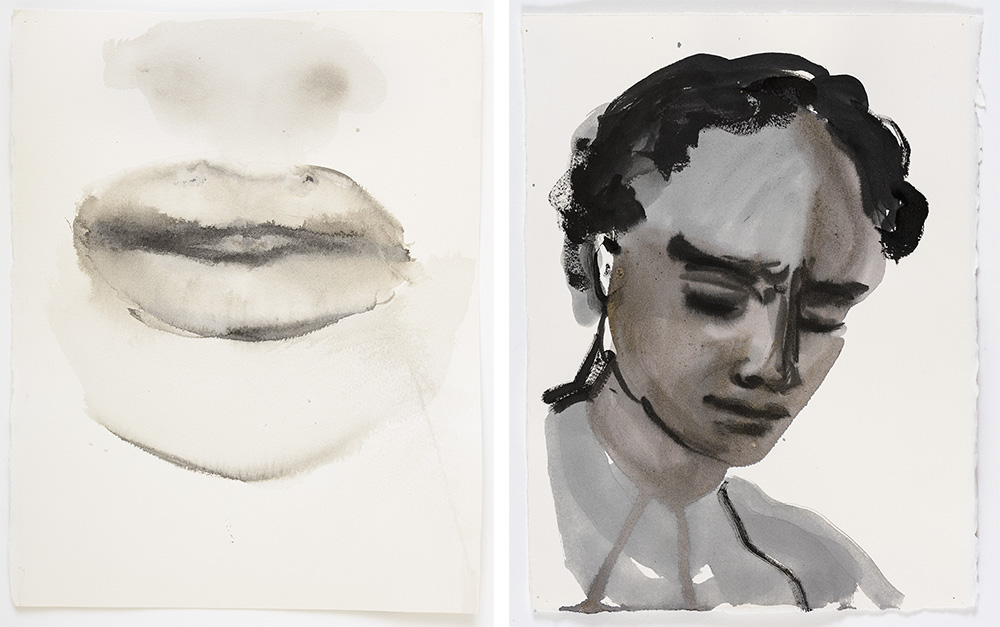ART-PRESENTATION: Marlene Dumas-Myths & Mortals
 In an age dominated by the digital image and mass media, Marlene Dumas cherishes the physicality of the human touch with work that is a testament to the meaning and potency of painting. The majority of Marlene Dumas’ works may be categorised as ‘portraits’, but they are not portraits in the traditional sense. Rather than representing an actual person, they represent an emotion or a state of mind. Themes central to Dumas’ work include race and sexuality, guilt and innocence, violence and tenderness.
In an age dominated by the digital image and mass media, Marlene Dumas cherishes the physicality of the human touch with work that is a testament to the meaning and potency of painting. The majority of Marlene Dumas’ works may be categorised as ‘portraits’, but they are not portraits in the traditional sense. Rather than representing an actual person, they represent an emotion or a state of mind. Themes central to Dumas’ work include race and sexuality, guilt and innocence, violence and tenderness.
By Dimitris Lempesis
Photo: David Zwirner Gallery Archive
Marlene Dumas in “Myths & Mortals”, that is on presentation at David Zwirner Gallery and is her first solo presentation in New York since 2010, , presents a selection of new paintings that range from monumental nude figures to intimately scaled portraits. Alongside these works, Dumas debut an expansive series of works on paper originally created for Dutch translation of William Shakespeare’s narrative poem “Venus and Adonis” (1593) by the Moroccan-Dutch writerHafid Bouazza. In these drawings that are tender and erotic with hints of violence, the artist renders the story of Venus, the goddess of love, and her tragic passion for the handsome youth Adonis in her singularly expressive ink wash. Dumas came to prominence in the mid-80s for her series of paintings and drawings primarily based on the human form. Many of her portraits are drawn from her own photographs and media images, such as “Evil is Banal” (1984) and “Martha – Sigmund’s Wife” (1984). Dumas’s intense, psychologically-charged imagery often references art history, popular culture and current affairs. Her approach to making art combines the personal with the public, painting those closest to her, such as her daughter in “Helena’s Dream” (2008) – alongside images of famous and infamous faces as Amy Winehouse, Princess Diana, Osama bin Laden and Phil Spector. She is unafraid to address controversial subjects, from a colonial war for independence in “The Woman of Algiers” (2001) to “The Widow” (2013) in which Pauline Lumumba can be seen walking bare-breasted through the streets of Léopoldville, in mourning for her dead husband, Patrice Lumumba, the former prime minister of Congo who was executed by firing squad in 1961 by Katangan forces, as well as themes derived from newspaper articles, religious imagery, the adult entertainment industry and the artist’s imagination. Simultaneously drawing upon the world around her and her own experiences, Dumas reflects on contemporary anxieties about love and death, gender and sexuality, and mass media and celebrity.
Info: David Zwirner Gallery, 537 West 20th Street, New York, Duration: 28/4-30/6/18, Days & Hours: Mon-Sat 10:00-18:00, www.davidzwirner.com

